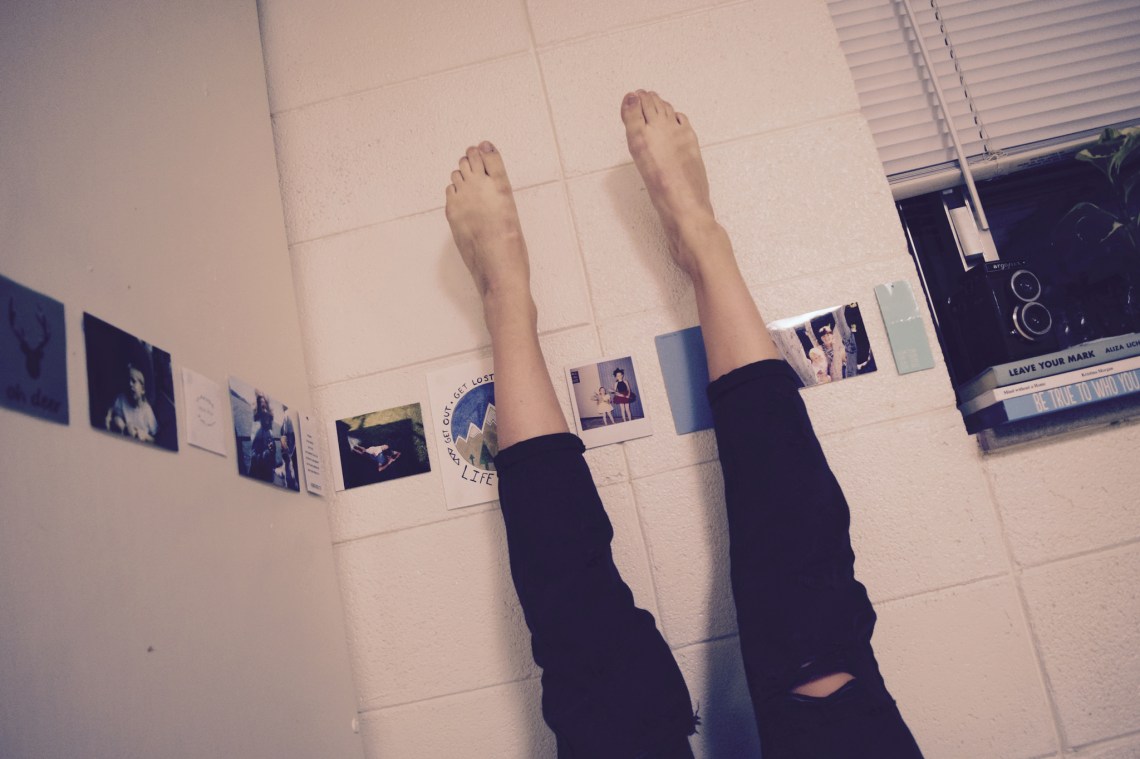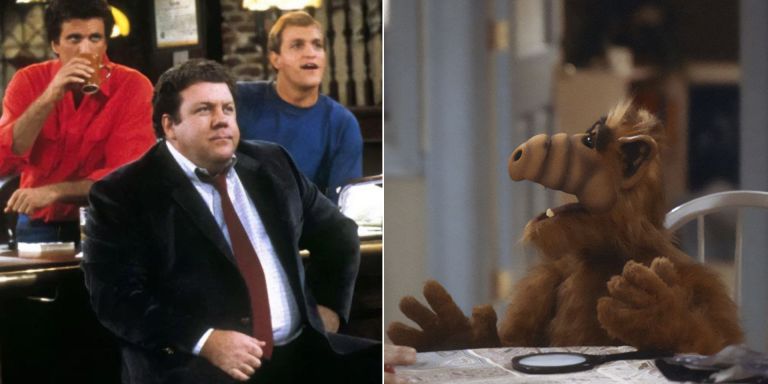
How creative productivity improves your brain
Neuroscientists have established that when you work hard on something, the composition and structure of your brain changes. You lay down neurons and weave a denser cobweb of cerebral connections. You create new brain cells that are programmed to make you better at the new things you are doing. The more brain cells you build, the more paper you dirty, the more pixels you move around, the more you move ahead.
The trick is not to focus on the end game. Not to wish mightily for the Oscar, the applause, the paycheck. Focus instead on building your skills one microscopic brain cell at a time. And you do that by putting your head (and its brain) down and getting to work.
As you work on building your mountain of ideas, you are rewiring your brain. All those challenges and fresh thinking are stimulating and feeding your neurotransmitters, creating more and more connections between your neurons, blazing new pathways, turning on dormant genes. The more you think, the better you get at it.
It doesn’t matter if those ideas are ‘good’ any more than it matters if you are chopping wood or hefting kettle bells. All that counts is that you keep working, keep pumping out more ideas. Even lame creativity creates the creative mind.
Why creative limits aren’t limiting
It’s tempting to blame limitations for limiting us. To wish we had more resources, more time, more help, more talent. But there’s never enough — and you don’t need it.
Limitations free your efforts and creativity, help you avoid being overwhelmed by infinite possibilities.
Limits build up pressure that pops us into new dimensions Hemingway used just 26 letters.
Miles had but three valves on his horn.
Painters limit themselves with canvas size, with the colors on their palettes, with the history of the artists that precede them.
Binary code limits engineers to just 111s and 000s. That limitation produced the Smartphone in your pocket.
Shakespeare didn’t use iambic pentameter just to produce plays with iambic pentameter. He used it to force himself to use new words which expressed new ideas.
How can you limit yourself?
The flight of the Bumblebee: How to be creatively productive
Here are some tips for coming up with ideas while fighting off the inner critic, that monkey in your head.
If you must be rigid about anything, make it your schedule. Insist on sitting down at certain times and places. But let the work itself be free.
A schedule can help keep the monkey at bay — but know its limits. Don’t expect to know exactly what you’ll accomplish. A different outcome isn’t failure.
Detailed outlines, lots of tight sketches may not get you there. Have a map — but allow yourself detours. Have a destination but let your ideas breathe and run. It’s okay to take wrong paths. Don’t let the monkey turn uncertainty into doubt. Live with ambiguity and just trust.
Be lavish in your productivity. Buy reams of paper and cases of pencils. Take lots of pictures. Have lots of ideas, of all qualities. Number the lines on your page and then fill them. 10 ideas before breakfast. 10 ideas after dinner.
Schedule a break. If you’re feeling dry, work until the bell rings, then walk or run or read or draw. Then come back buzzing.
Remember to carve your work into digestible chunks. Don’t sit down to write a novel. Write a page, a sentence, a word. Then the next. One tiny bee step after another. Head down, wings moving so fast you can’t see them.
Habits take some time to develop. Habits don’t mean habitual ways of thinking or even of working. But they are a pledge to yourself and your ultimate goal and purpose. “I will show up and sit down and stare at the screen and rest my fingers on the keyboard. If I do nothing else I will do that.” And because you are here and dressed and appear at least to be willing, your fingers will start to move and something will start to flow from them. It may be bad but it will be something and you will not know it is bad because you are not judging, yet, right?
I use my calendar to reinforce my habit. I fill my week with squares of time and name those times. I will do this then and that then. And when that time arrives, I am booked and I sit down. Occasionally the monkey may force me to skip a square on my calendar or shove the square to the next day, but I don’t delete them ever. And all those squares add up. I fill them by sitting and moving my fingers. And square by square, books emerge.
I spend months filling files with different numbers of keystrokes and then I save them to a server in the cloud. If the monkey tells me I am wasting my time, I just look at the number of files on the server and remind myself that they are all filled with something to do with my goal. I assume they are of varying quality, some great, most useless, but it doesn’t matter for now. I just fill one here, one there, and I send them to the hive.
Then I will see the links between all these pieces and I will start to make piles, arranging the thoughts into larger thoughts. The things that seemed like mud will turn out to be mortar. I will notice holes and will fill them with carefully shaped new pieces. It will be easier to write these bridges because they have their parameters defined. What started as air and clouds becomes solid and logical. New ideas will protrude, ideas I hadn’t intended, and I will polish them.
This is not scary because my hive is full with lovely pollen. And it’s not an aimless journey because I am filled with confidence. I know what I am doing. I built this mountain. I am too far into it for the monkey to stop me. I am not heeding him and he knows it. It’s not up to me to decide if it is good. ‘Good’ had no real meaning or value. Maybe it’ll be good for you, maybe not. All that I can do is to put the pieces together and smooth the whole, moving it towards my goal, my purpose. ![]()
This post is an excerpt from Shut Your Monkey: How to Control Your Inner Critic and Get More Done.





